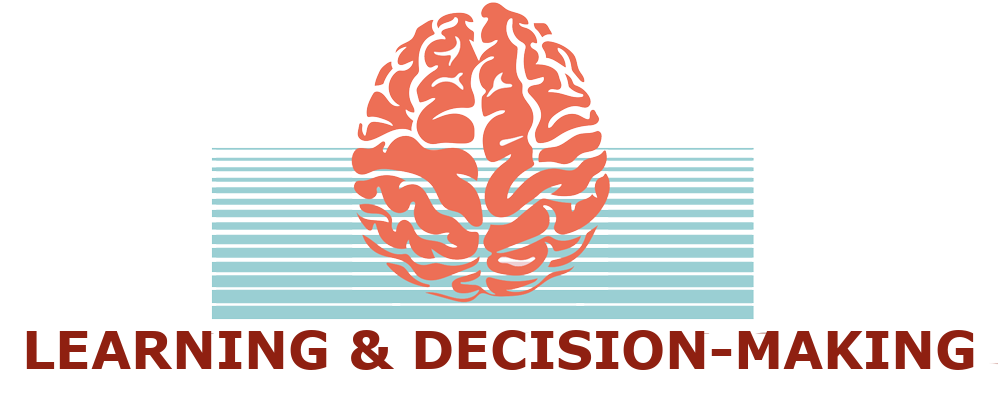Getting started with DCM for fMRI data
Hanneke often gets questions about where and how to get started using dynamic causal modelling (DCM), so here is a short summary of what DCM is, and some pointers as to where to go next. Note that this section doesn’t get updated very much these days, but we keep it here as we hope it’s still helpful!
The aim DCM is to infer the causal architecture of coupled or distributed dynamical systems. It is a Bayesian model comparison procedure that rests on comparing models of how data were generated. DCM was developed for estimating coupling among brain regions and how that coupling is influenced by experimental changes (e.g., time, context or drug). The basic idea is to construct reasonably realistic models of interacting (cortical) regions or nodes. These models are then supplemented with a forward model of how the hidden states of each node (e.g., neuronal activity) map to measured responses (e.g. BOLD resonse). This enables the best model and its parameters (i.e., effective connectivity) to be identified from observed data. Bayesian model comparison is used to select the best model in terms of its evidence (inference on model-space), which can then be characterised in terms of its parameters (inference on parameter-space). DCM allows us to test hypotheses about how nodes communicate; e.g., whether activity in a given neuronal population modulates the coupling between other populations, in a task-specific fashion. (edited from DCM Scholarpedia page)
Where to learn more?
If you want start using DCM, I would recommend to attend one of the SPM courses, for example
Computational Approaches to NeuroImaging Toolkit, Donders Institute for Brain, Cognition and Behaviour
SPM course, Translational Neuromodelling Unit, ETH Zurich. Great speakers, and good chocolate of course
SPM short course, Wellcome Trust Centre for Cognitive Neuroimaging, UCL. Return to the mothership
Also, the SPM mailing list is a good source answering many of the questions, including ones that you may not even have asked yourself yet!
If you cannot afford to go on a course, you can watch the online lectures
Literature
Over the years I have compiled a short (and certainly non-exhaustive) reading list that I always present at the end of my lectures, and thought it would be nice to share with you here. When I have time, I will complete the links below. Until then, pubmed is your friend ;-).
To get you started
Understanding DCM, 10 simple rules for the clinician (2013). Kahan & Foltynie. NeuroImage
The first DCM paper: Dynamic Causal Modelling (2003). Friston et al. NeuroImage.
Some extensions over the years
Nonlinear DCM for fMRI: Test whether connectivity between two regions is mediated by another region. (Stephan et al. 2008)
Embedding computational models in DCMs: (den Ouden et al. 2010, J Neurosci.)
DCM as a summary statistic: clustering and classification: Classify patients, or even find new sub-categories (Brodersen et al. 2011, Neuroimage)
Integrating tractography and DCM: Prior variance is a good way to embed other forms of information, test validity (Stephan et al. 2009, NeuroImage)
Stochastic / spectral DCM: Model resting state studies / background fluctuations (Li et al. 2011 Neuroimage, Daunizeau et al. Physica D 2009)
Integrating behavioural and neural data in DCM (2014) Daunizeau et al. PLoS Comput Biol.
And if you like your validation studies, here are some for you
reliability (reproducibilty) of parameter estimates (Schuyler et al. 2010) and model selection (Rowe et al. 2010)
face validity: simulations and empirical studies (Stephan et al. 2007, 2008)
construct validity: comparison with structural equation modelling (Penny et al. 2004)
predictive validity:
infer correct site of seizure origin (David et al. 2008)
infer primary recipient of vagal nerve stimulation (Reyt et al. 2010)
predict sensory stimulation (Brodersen et al. 2010)
predict presence/absence of remote lesion (Brodersen et al. 2011)
